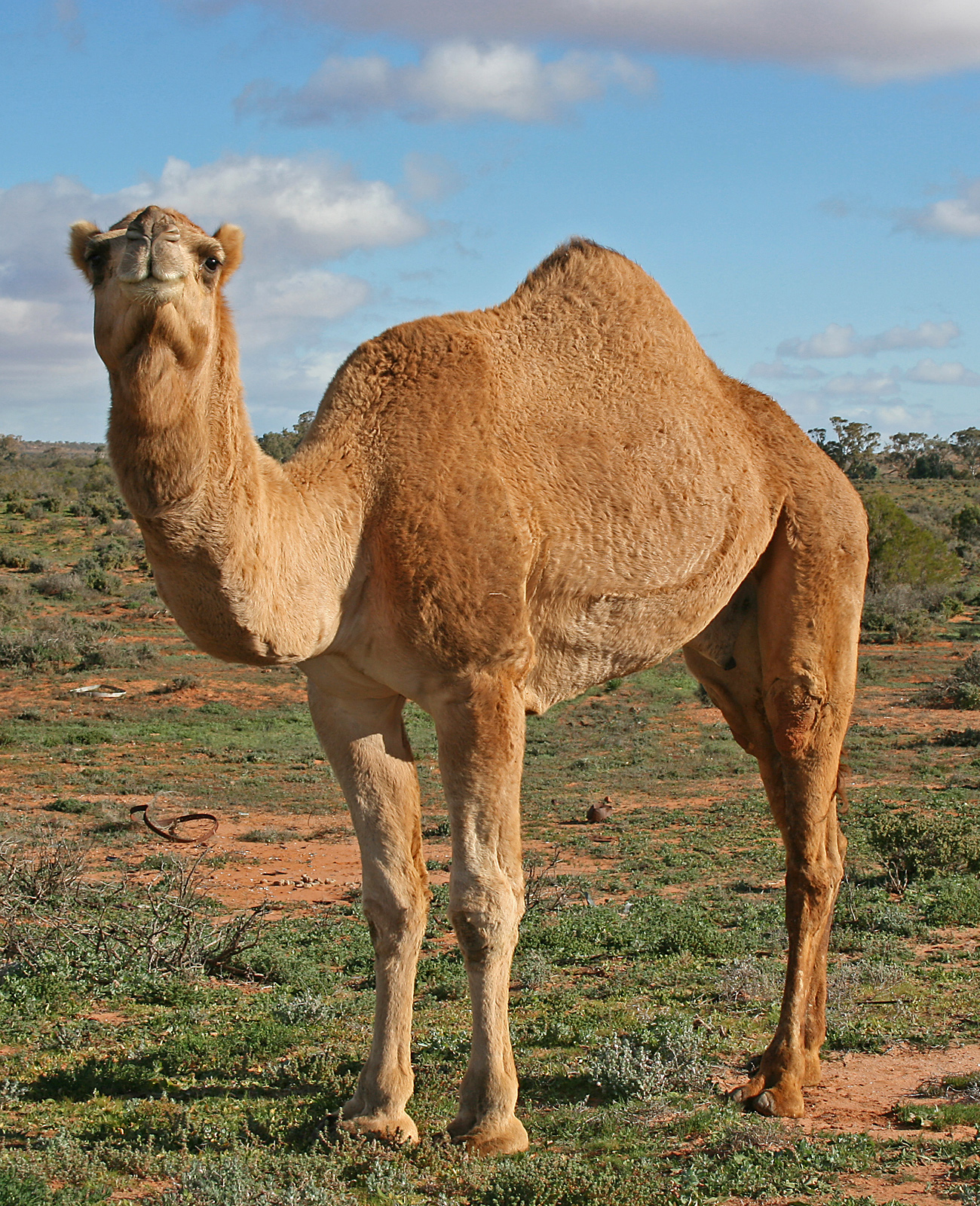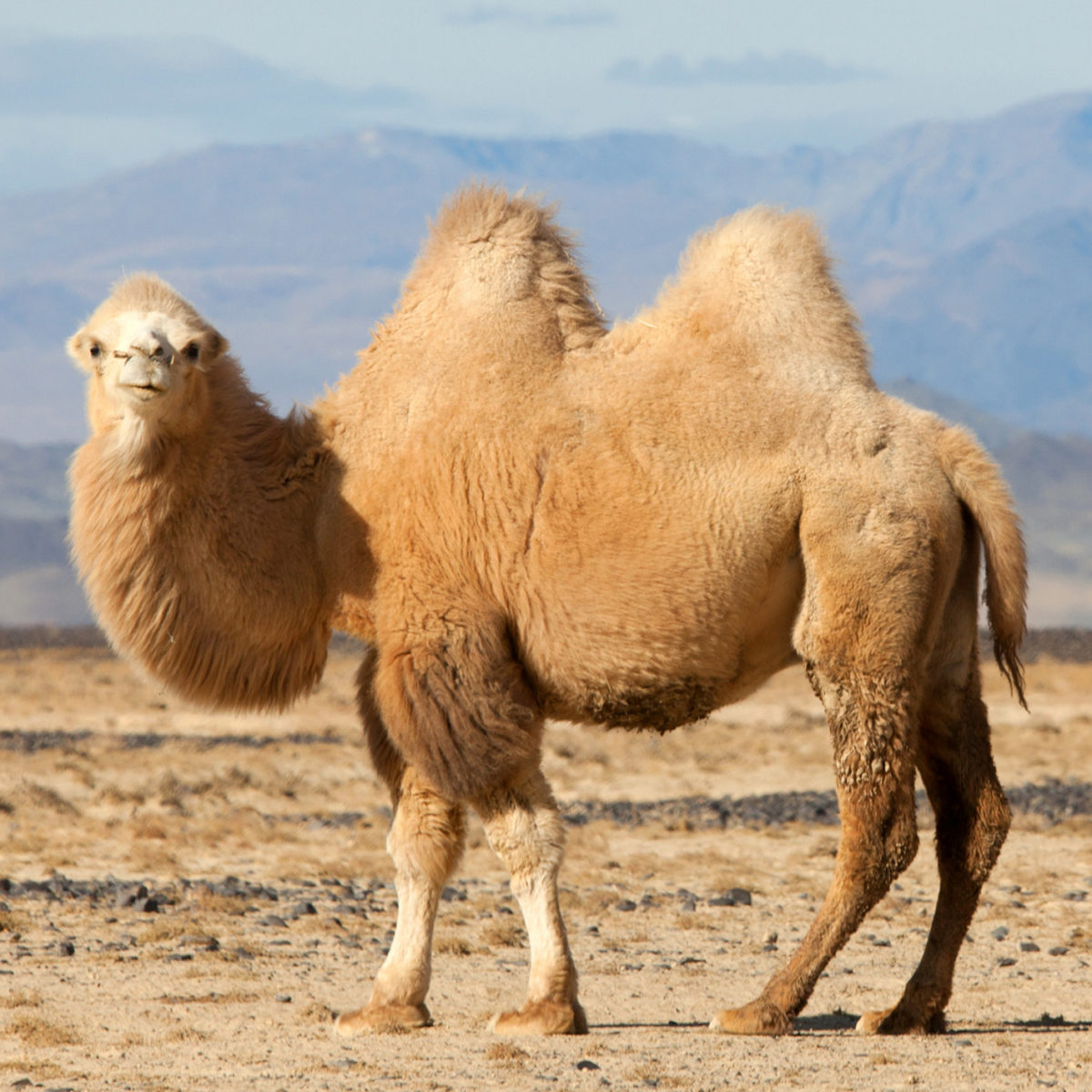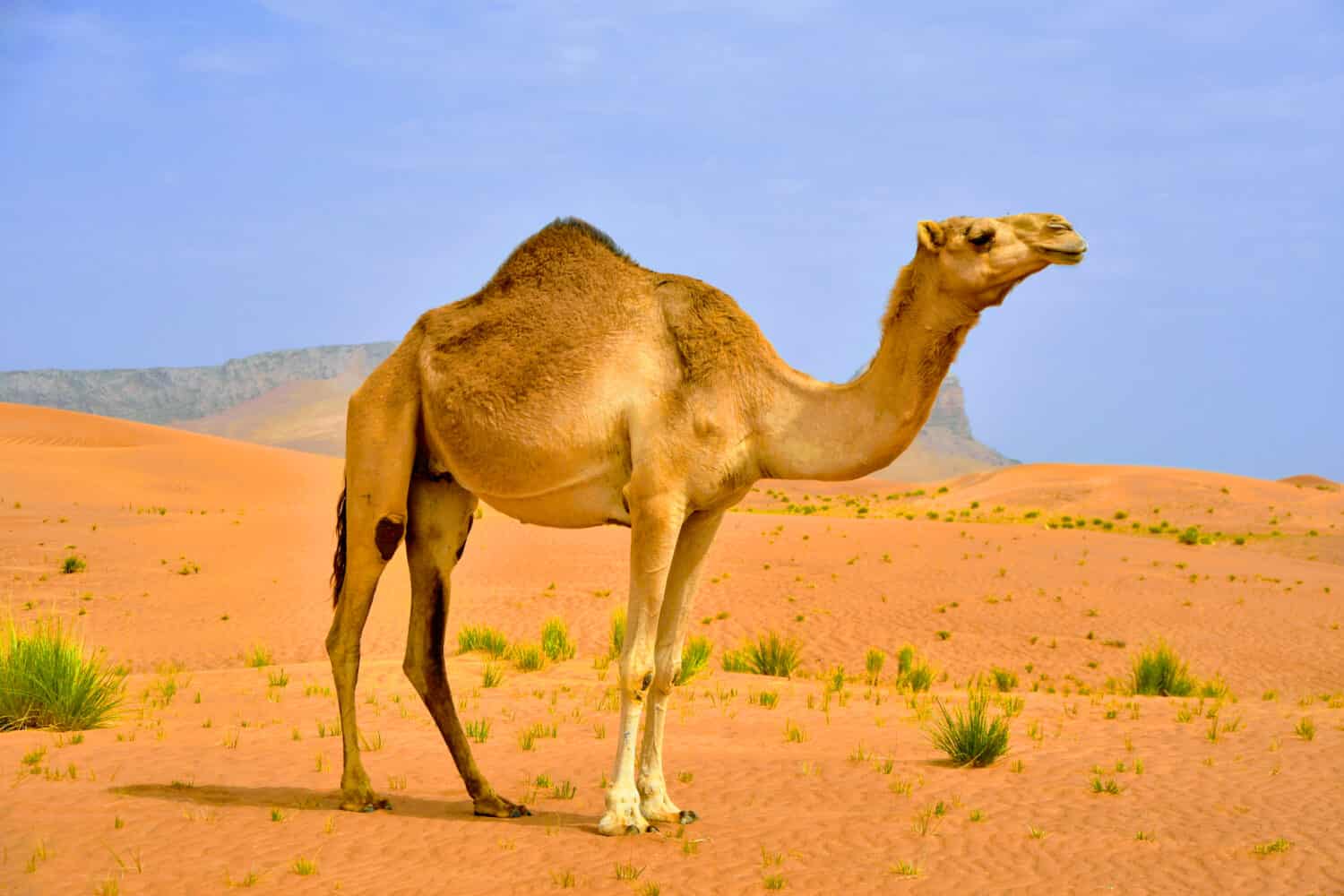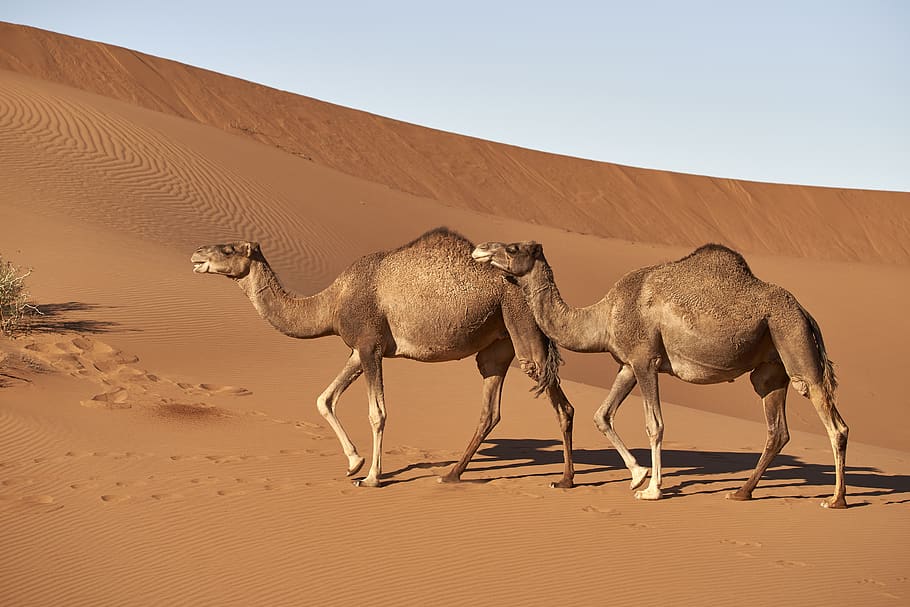Camels: The Desert Nomads

Camels, often hailed as the “ships of the desert,” are fascinating creatures that have long been associated with the vast arid landscapes of Africa, Asia, and the Middle East. With their distinctive humps, long legs, and resilient nature, camels play a crucial role in the lives of people living in desert regions. Let’s explore the world of camels, their unique adaptations, cultural significance, and the indispensable role they play in desert ecosystems.

Camels are well adapted to survive in harsh desert environments where food and water are scarce. One of their most remarkable adaptations is their ability to store fat in their humps, which serves as a reservoir of energy when food is scarce. Contrary to popular belief, the humps do not store water but instead provide a source of nourishment during long periods of drought.
Additionally, camels have specialized physiological mechanisms that allow them to conserve water and regulate their body temperature effectively. They can go for extended periods without drinking water, and when they do drink, they can consume large quantities in a short amount of time. Their thick fur coat helps protect them from the scorching sun during the day and insulates them from the cold desert nights.

Camels have played a vital role in the cultures and economies of desert-dwelling peoples for centuries. They have been used as pack animals, transportation, and sources of milk, meat, and leather. In many nomadic societies, camels are considered symbols of wealth and status, and they are often featured prominently in art, literature, and religious ceremonies.
In regions where modern transportation is limited, camels continue to serve as indispensable modes of transportation for traversing vast desert landscapes. They are valued for their strength, endurance, and ability to navigate challenging terrain, making them ideal companions for long journeys across the desert.

Camels also play a crucial role in desert ecosystems by dispersing seeds, fertilizing the soil with their dung, and grazing on vegetation, which helps control plant growth and prevents desertification. Their presence contributes to the overall health and resilience of desert ecosystems, making them keystone species in these fragile environments.

Camels are truly remarkable creatures that have evolved to thrive in some of the harshest environments on Earth. Their unique adaptations, cultural significance, and ecological importance make them integral parts of desert ecosystems and the communities that inhabit these regions. As we strive to protect biodiversity and safeguard fragile ecosystems, it is essential to recognize the invaluable contributions of camels and work towards ensuring their continued survival for generations to come.



